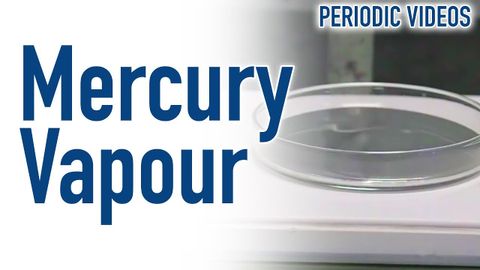水銀蒸気を見る - 動画の周期律表 (Looking at Mercury Vapour - Periodic Table of Videos)
林宜悉 が 2021 年 01 月 14 日 に投稿  この条件に一致する単語はありません
この条件に一致する単語はありませんUS /məˈtɪriəl/
・
UK /məˈtɪəriəl/
- n. (c./u.)衣料;原材料;原料
- adj.関連な,重要な;世俗的な : 物質的な : 物質でできた
US /ˈfæsəˌnetɪŋ/
・
UK /ˈfæsɪneɪtɪŋ/
- v.t.魅惑的な;(視線で)捕らえる
- adj.魅惑的な
- n. (u.)魅力
US /ɪkˈspɛrəmənt/
・
UK /ɪk'sperɪmənt/
- n. (c./u.)実験;試み
- v.t./i.実験をする;試みる
エネルギーを使用
すべての単語を解除
発音・解説・フィルター機能を解除

